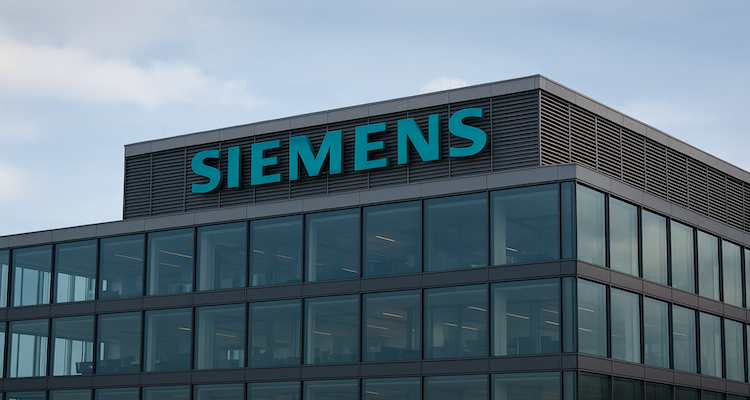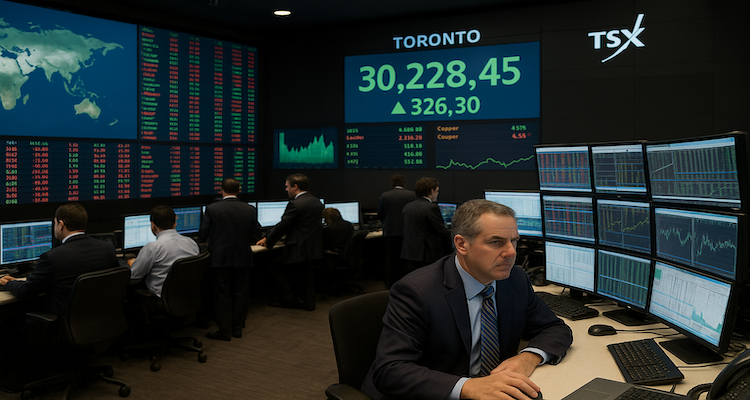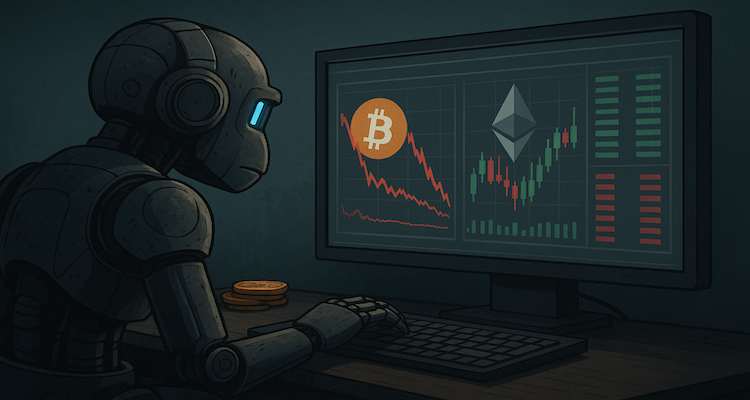Siemens Poised for Major Stake Cut in Healthineers to Fuel Future Growth
Siemens prepares to significantly reduce its €35 billion stake in Siemens Healthineers, a move expected to reshape the company’s strategy and boost M&A potential.
Siemens Set to Redefine Its Future with Healthineers Stake Reduction
German industrial powerhouse Siemens AG is preparing to outline plans to trim its €35 billion ($41 billion) stake in its medical technology arm, Siemens Healthineers, this Thursday. The move, long anticipated by investors, could mark one of the most significant restructurings in the company’s recent history, unlocking fresh capital and sharpening Siemens’ focus on AI-driven industrial software and automation.
From Medical Imaging to Industrial Innovation
Siemens first listed Healthineers, its medical imaging and diagnostics subsidiary, in 2018 but initially held an 85% stake. Over time, it gradually sold down portions, including a 2% reduction in February that raised roughly €1.45 billion. Today, Siemens still controls just under 70% of Healthineers, and investors are eager for a larger sell-off.
For Siemens, shedding part of this massive holding isn’t merely financial housekeeping, it’s a strategic pivot. The company’s management, led by CEO Roland Busch, aims to channel new funds toward high-growth areas such as artificial intelligence, automation, and industrial software, aligning with global trends reshaping manufacturing and infrastructure.
Investor Pressure Builds for a Major Sell-Down
Major shareholders, including Deka Investment, are pushing Siemens to reduce its stake to around 51%, setting the stage for an eventual majority exit.
Ingo Speich, Deka’s head of sustainability and corporate governance, described the potential sale as a defining moment for Busch, who has led Siemens since 2021.
“This is Busch’s chance to shape Siemens’ future. He’s delivered stable results, but now it’s about leaving a legacy, one that positions Siemens at the forefront of industrial digitalization,” Speich told Reuters.
Another prominent investor, speaking anonymously, echoed the sentiment, suggesting that Siemens should bring its Healthineers stake below 50% within a few years through a gradual sell-down approach.
A Legacy-Defining Decision for CEO Roland Busch
Busch, whose contract runs until 2030, faces what many describe as the most pivotal decision of his leadership. While Siemens’ performance under his tenure has been solid, analysts note that this move could define his long-term legacy, marking a transition from traditional engineering dominance to next-generation tech integration.
“The most important decision on Thursday will be what happens with Healthineers,” said one large institutional investor.
Siemens has so far declined to comment on its specific plans or on reports from Bloomberg suggesting it could cut its holding to below 40%, possibly by distributing Healthineers shares directly to its shareholders.
Boosting Financial Muscle for Future Mergers
Although Siemens Healthineers remains a profitable and respected business, analysts argue that an exit could unlock greater flexibility for Siemens to invest in acquisitions aligned with its core industrial strategy.
The potential divestment could fund deals in automation, software development, and digital infrastructure, bolstering Siemens’ ability to compete in a rapidly evolving industrial landscape.
“It makes sense to use the capital from Healthineers strategically, either to reward shareholders or to fuel new acquisitions,” Speich added. “Busch wants a stronger Siemens, one capable of defending against takeover rumors and driving large-scale innovation.”
Still, analysts caution that unwinding such a large stake won’t happen overnight. The complexity of tax implications, market timing, and valuation risks mean any exit strategy will likely unfold over several years.
The Three Most Likely Scenarios
According to Barclays analyst Vlad Sergievskii, Siemens has three primary options to reduce its Healthineers exposure:
-
Distribute shares to investors as a dividend in kind, effectively handing them a direct stake in Healthineers.
-
Transfer the shares to a new holding entity and later spin off that entity to shareholders.
-
Gradually sell down its holdings in the open market.
However, each path comes with challenges. JP Morgan analysts warn that distributing two-thirds of the Healthineers stake as a dividend could trigger a €7 billion tax bill in Germany. Additionally, giving away shares, either directly or through a new company, would generate no immediate cash, while a piecemeal sell-down risks pressuring the stock price if too many shares flood the market at once.
“All three approaches have pros and cons,” Sergievskii noted. “Siemens must balance speed, valuation, and tax efficiency carefully.”
Market Reaction and Investor Sentiment
Siemens’ stock has been on a strong run in 2025, gaining 31% year-to-date, outpacing the Stoxx Europe Industrial Goods & Services Index, which rose 21%. In contrast, Healthineers’ shares have fallen 15%, weighed down by uncertainty about Siemens’ long-term intentions.
Investors see a clear opportunity: a clarified exit plan could lift Healthineers’ valuation by removing the overhang, while giving Siemens a clearer strategic identity focused on next-gen industrial technologies.
What Comes Next
Whether Siemens opts for a swift exit or a phased reduction, the decision will reshape its corporate structure for years to come. Analysts widely expect Thursday’s announcement to provide a roadmap for Siemens’ capital allocation and innovation strategy heading into the next decade.
For CEO Roland Busch, the move could define whether Siemens cements its role as a leader in intelligent industrial systems, or risks being seen as a conglomerate weighed down by legacy assets.
ALSO READ: Canadian Stocks Rally as U.S. Shutdown Nears Resolution










